
Route Options
Where will you explore?
The Arctic is (partly frozen) sea surrounded by land and therefore encompasses many diverse regions. Most of these are accessible from Wildfoot’s extensive range of expedition ships. Where you go, partly depends on what you want to see or experience. For many, it is wildlife and Spitsbergen, for instance is a principal choice for seeking polar bears. Nevertheless, they can also be seen in Canada and Russia. Birders will choose routes where their target species can be found, and some need to tick off ‘bucket list’ items such as setting foot on the North Pole. Most will simply want to experience rarely visited regions with varied and spectacular scenery. The following are the principal route options.
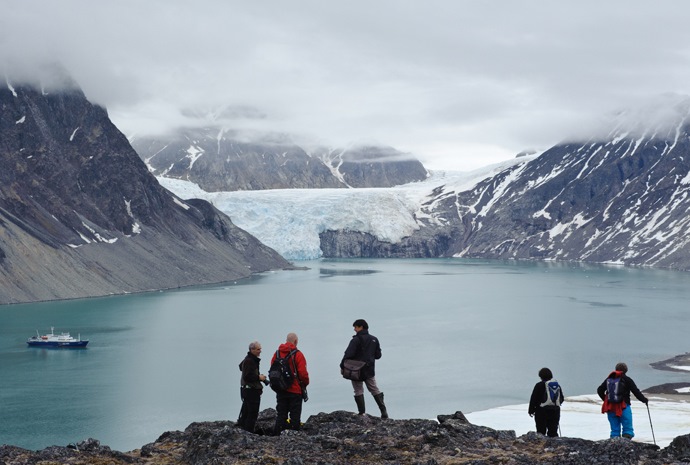
WILDFOOT Wildlife & Adventure Specialist
Lines are open from 9am -5.30pm
Monday - Friday

Simon Rowland
Managing Director
Greenland
Greenland is the largest island in the world, stretching from 60º to 83º north and Kap Farvel, its southern tip, is located at almost the same latitude as the Shetland Islands, whilst the extreme north is the northernmost point of land on Earth. Greenland is also dominated by a massive ice-sheet , covering more than 80% of its surface area. Although huge in size, it is inhabited by less than 60,000 people. The coastline of Greenland is varied and spectacular, consisting of innumerable glaciers. These produce the huge, cathedral-like icebergs that are abundant in Greenlandic waters, especially off the west coast. The largest fjord system in the world, on the east coast, is Scoresby Sund at more than 300 kilometres (185 miles) long. The indigenous Inuit were traditionally subsistence hunters, living primarily from whales, walrus, reindeer, musk oxen, seals and birds; however, the receding sea ice and changing customs have affected this lifestyle.
View Trips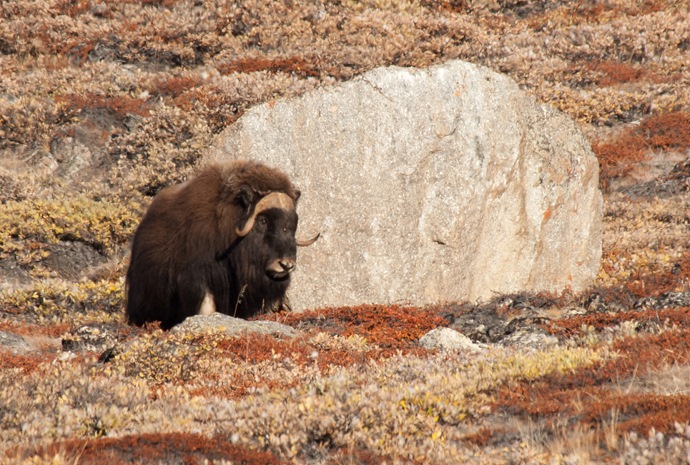
North East Passage
This route across the top of the world between the European and North American Arctic, has only become regularly navigable in recent years, as summer sea ice patterns have changed. Travelling westbound, the route starts either in Alaska or Anadyr in Russia and crosses the Arctic Circle as it goes through the Bering Strait into the Chukchi Sea and Arctic Ocean. An important stop is on the nature reserve of Wrangel Island, home to a large population of polar bears and other mammals and birds. The route then proceeds with calls in remote areas of Siberia and islands such as Novo Sibirskiye, Severnaya Zemla, Novaya Zemla and Franz Josef Land, with disembarkation in Spitsbergen or northern Norway. The route is rich in birds and marine mammals, as well as polar bears
View Trips
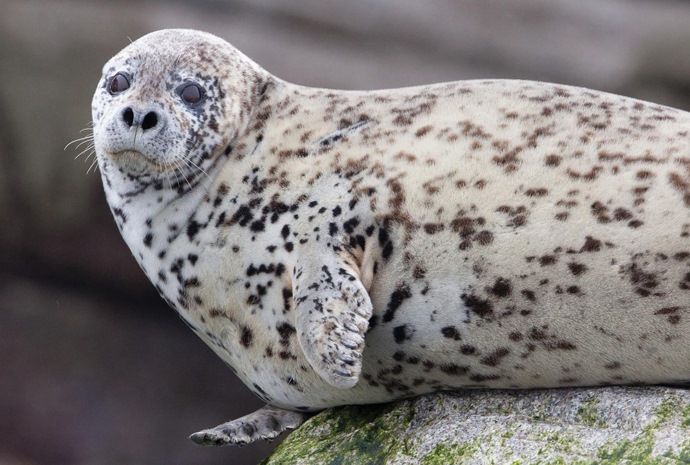
North West Passage
The northwest passage between Greenland and Alaska has been navigable in the summer for several years now and is on many travellers’ list of route to tick off. Full passage voyages westbound generally start in Iceland or Greenland and disembark in Alaska, south of the Bering Strait; however there are only a small number of these in the season. More sailings concentrate on partial passages in the more interesting region of Arctic Canada, not venturing further west than Cambridge Bay. This area is rich in wildlife with polar bears, Arctic foxes, musk oxen and a wealth of marine mammals, including the rare narwhal to be seen; there is myriad birdlife too. This region also has lots of historical associations with the Arctic explorers, especially the ill-fated Franklin mission to seek a passage to the east.
View Trips
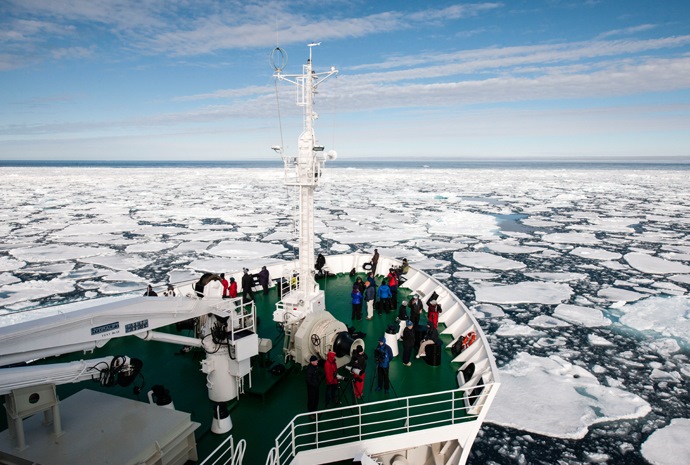
Svalbard
Spitsbergen is the most accessible part of the region and the largest island of the Svalbard archipelago; a world of dazzling glaciers, ice-plateaux and snow-capped peaks. With its deep fjords, sweeping tundra and summer alpine meadows of wildflowers, the islands have a population of just 3,500 people, most in the main town of Longyearbyen. The principal wildlife target here is the polar bear and there are good opportunities to spot bears on the ice or land. Cruise along the coast and fjords and also discover huge Arctic seabird colonies – little auks and Brunnich’s guillemots along with more familiar species such as puffins. Long -tailed and other skuas patrol the tundra and fjords looking for chicks and lemmings whilst the pure white ivory gull nests in small colonies. Other animal life abounds too – reindeer, Arctic fox, walrus, seals, and whales whilst delicate flowers carpet the land in spring.
View Trips
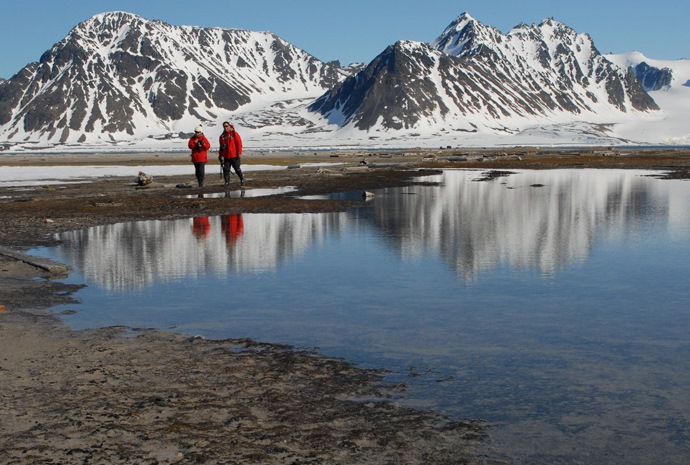
Iceland
Iceland is not actually in the Arctic, but it is certainly part of the region and has unique scenic attractions as well as marine and avian wildlife. It is also easy to reach, with flights to the capital, Reykjavik, from many European and North American cities. Scenically, Iceland is a mixture of volcanic and mountainous terrain, the latter, along the coastlines teeming with birdlife. In the interior is the eponymous town of Geysir, but this is not the only area with hot springs – bathing in the Blue Lagoon, close to the main airport at Keflavik is a must for visitors. Whales and other marine mammals can be seen on boat trips and a recommended visit option is to take an expedition ship cruise with zodiac landings. Combine this with a few days inland for a complete Iceland experience.
View Trips
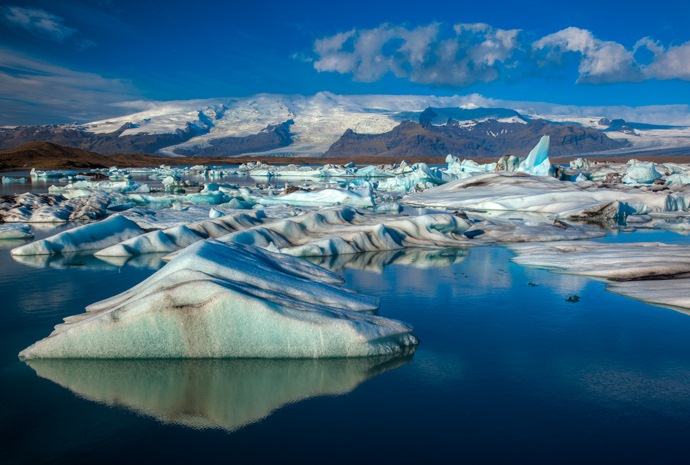
Norwegian Coast
The Norwegian coastline is famous for its spectacular scenery, mostly best admired from on board ship. Many expedition ships start the summer Arctic season with sailings along the coast on their way north. These small ships penetrate deep into steep sided fjords with landings at small settlements. As they sail north, they cross the Arctic Circle and spend time in the Lofoten Islands with their especially dramatic scenery and picturesque fishing villages. In this area, there are also opportunities for sailings on board a 20 passenger schooner; these trips take place in the autumn and late winter, with the latter following whales as they hunt seasonal shoals of herring. Further up the coast is the quirky city of Tromso and the last sight of land is usually North Cape, before setting sail for Bear Island and Svalbard.
View Trips
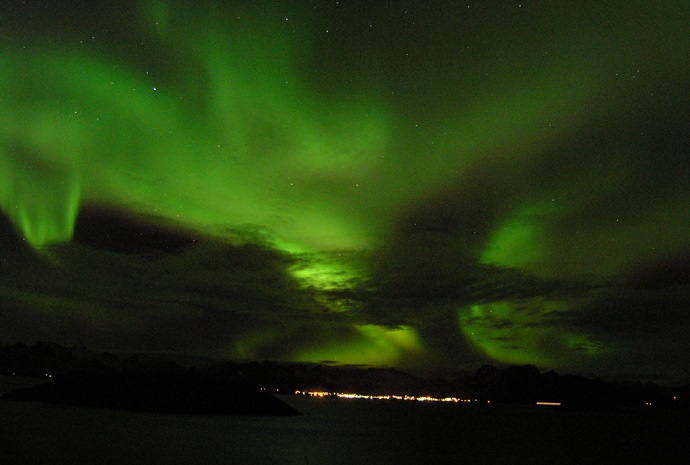
Scotland to Arctic
At the start of the summer season, some of the Arctic expedition ships position up to the region starting off in Scotland. Departing from Leith (Edinburgh) or Aberdeen, they then call in on the Orkney and Shetland Islands and Fair Isle, famous for its knitwear. On these islands, they not only take opportunities for viewing the amazing and abundant birdlife, but also visit ancient historical sites, associated with Vikings and others. Sailings then continue on, either across the North Sea to Norway and onwards, or directly to Svalbard. The latter may call in at the Faroe Islands and maybe, Jan Mayen Island, a remote Norwegian outpost, now a nature reserve, dominated by an extinct volcano, where there are large seabird populations.
View Trips
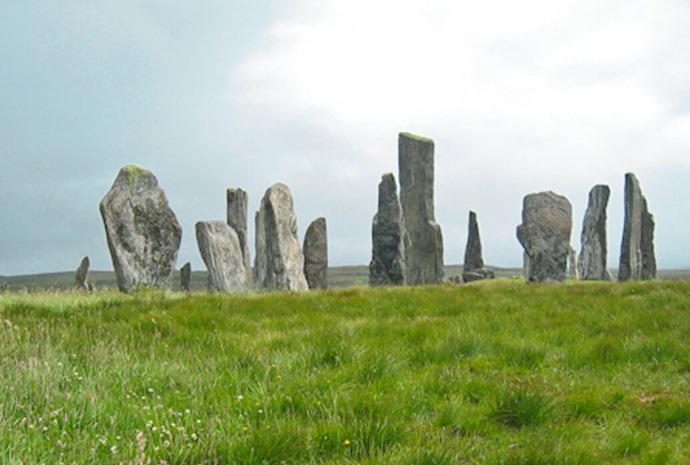
Canadian Arctic
Even more than other parts of the Arctic, the far north of Canada is truly the realm of the polar bear, the ultimate Arctic predator. This is because of the vast territory in which it can be found. But, it is by no means the only wildlife attraction; gyrfalcons and snowy owls hunt whilst the seas contain the Arctic whales – narwhals, belugas, and the endangered northern right whale (bowhead). Geese and ducks nest across these chilly lands; caribou and musk oxen graze on the sparse vegetation and a profusion of Arctic gulls, including the rare ivory, the exquisite Sabine’s and the diminutive Ross’s, can also be seen. There are evocative historical associations too, especially with the ill-fated Franklin expedition of the 19th century. Wildfoot offers not only a range of marine expeditions throughout this region, but also a land-based Arctic Watch programme.
View Trips
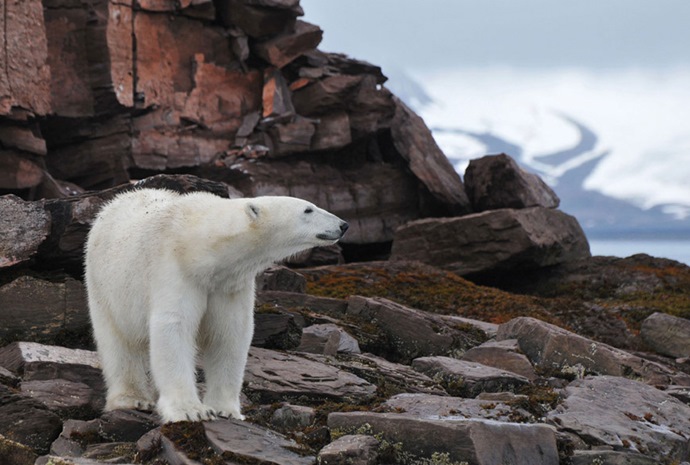
North Pole
The North Pole is in the middle of the Arctic Ocean and is only accessible for short periods of the year by air or by icebreaker. Visits by air are very specialist and heavily dependent on ice conditions. Most years, a runway is created on the ice and tourists can fly in and engage in a variety of activities, including a running marathon. Most visitors who need to tick the Pole off their list, will, however, arrive by ship. Currently, there are just two icebreaking ships that are chartered to sail to the Pole in the summer. These depart from the port of Murmansk and will also plan calls in either direction on the islands of Novaya Zemla and Franz Josef Land, where there are polar bear and other wildlife viewing opportunities. At the Pole, visitors can celebrate by swimming in pools cut from the ice – a chilly option, not taken up by all!
View Trips
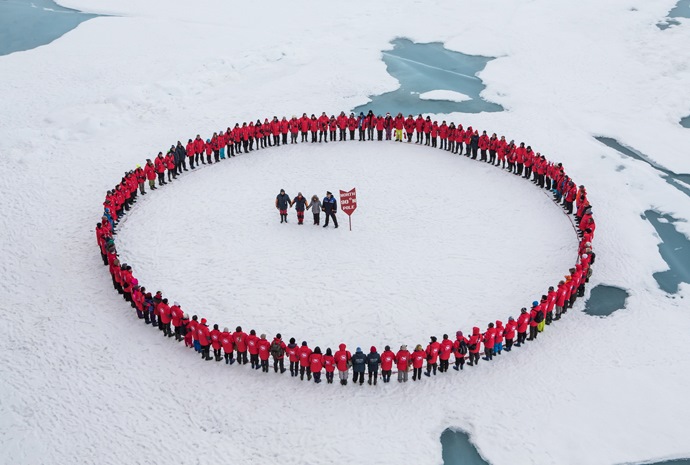
Last Minute WILDFOOT Latest Deals
Svalbard In Depth With Robert E Fuller
Up to 20% Discount!*
Book by June 30th and receive up to 15% discount off standard cabins and up to 20% off premium cabins!
*If booked by 1st July 2024
From Price £8,795
Not sure? Other customers liked these Alternative itineraries
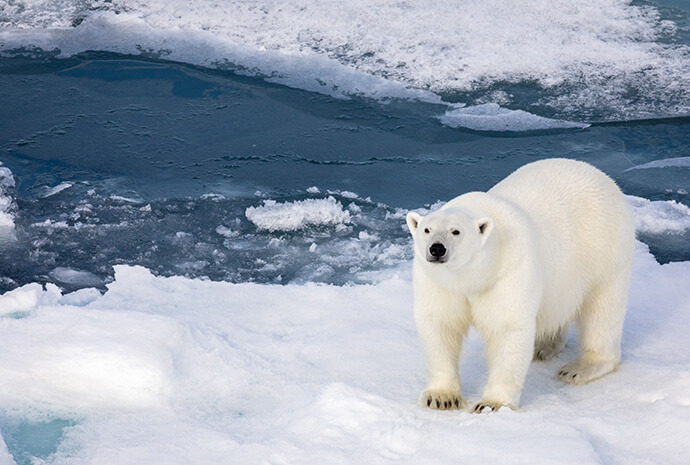

Luxury Arctic Canada & Greenland
July Only | 15 NightsExpand your horizons with a thrilling Arctic Circle adventure among Canada’s ice-adapted wildlife, wonderful islands and far-flung cultures. Travel at...
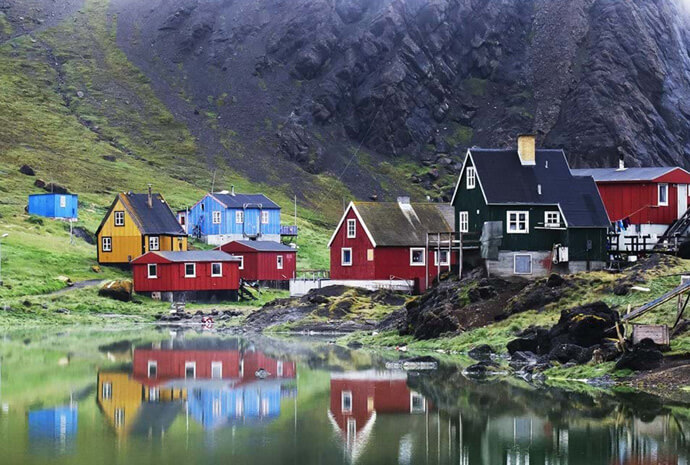

Disko Bay to Uummannaq
June to July | 9 NightsExperience a life-affirming adventure with the beautiful 12-passenger ship M/S Balto! We begin our voyage by exploring the Disko Bay area, known for i...
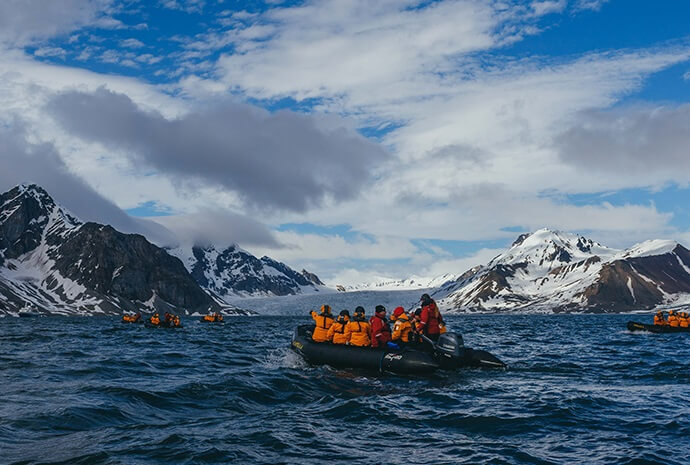
Up to 50% Discount!!

Highlights of Spitsbergen
May to July | 6 NightsThis short but very sweet express itinerary will allow you to experience some of the highlights of what the spectacular Arctic island of Spitsbergen i...
Book select dates now and receive up to a huge 50% discount off your voyage cost!!
Members of The Adventure Travel Trade Association
WILDFOOT are proud to be members of ATTA. The ATTA community put effort towards nurturing, protecting and professionalizing the sustainable development of the adventure travel industry.
